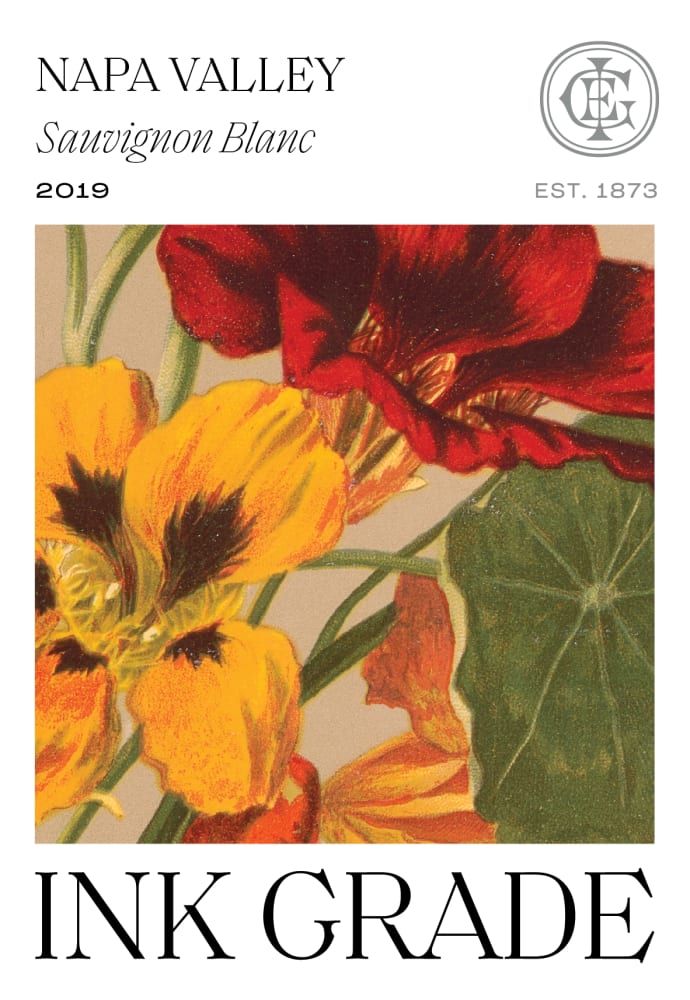Lees are the dead yeast cells, grape solids, and other particles that settle at the bottom of a wine barrel or tank during the winemaking process. Lees can significantly impact the taste, aroma, and mouthfeel of the resulting wine, and winemakers often intentionally leave the wine in contact with the lees to achieve certain desired characteristics.
During fermentation, yeast cells consume grape sugar and produce alcohol and carbon dioxide. As the yeast cells die off, they settle to the bottom of the container, forming a layer of lees. This layer is often stirred back into the wine in a process called “sur lie” aging. This can give the wine a creamier texture, increased complexity, and more pronounced flavors and aromas. The length of time the wine is left in contact with the lees, as well as the frequency and intensity of stirring, can all impact the final product.
Lees can also impact the color of a wine. White wines left in contact with the lees can develop a slightly yellow or gold hue. Red wines left in contact with the lees can develop a more intense color, as the lees contain pigments and other compounds that can contribute to color stability.
In addition to flavor and aroma benefits, lees can also have a protective effect on wine. The layer of lees at the bottom of a wine barrel or tank can help protect the wine from oxygen exposure, which can cause premature aging and spoilage.
There are also some potential drawbacks to working with lees. For example, leaving wine in contact with the lees for too long can result in off-flavors and aromas, such as a yeasty or nutty taste. Additionally, if the lees are not properly managed, they can cause bacterial growth or other spoilage issues.
There are several techniques that winemakers use to manage lees during the winemaking process. Some use “batonnage,” which involves stirring the lees back into the wine at regular intervals to prevent them from settling and compacting. Others use a process called “racking,” which involves transferring the wine from one barrel or tank to another, leaving the lees behind. Some winemakers use a combination of both techniques, depending on the desired outcome for the wine.
Overall, lees play an important role in the winemaking process and can have a significant impact on the final product. By carefully managing the contact between wine and lees, winemakers can create wines with greater complexity, mouthfeel, and flavor.
Wine is sunlight, held together by water.”- Galileo Galilei


